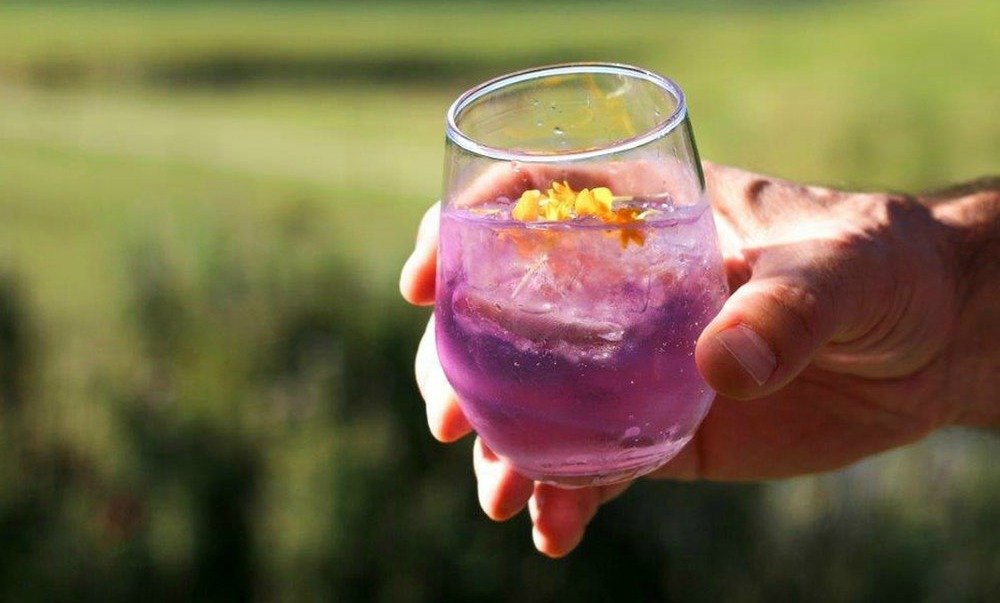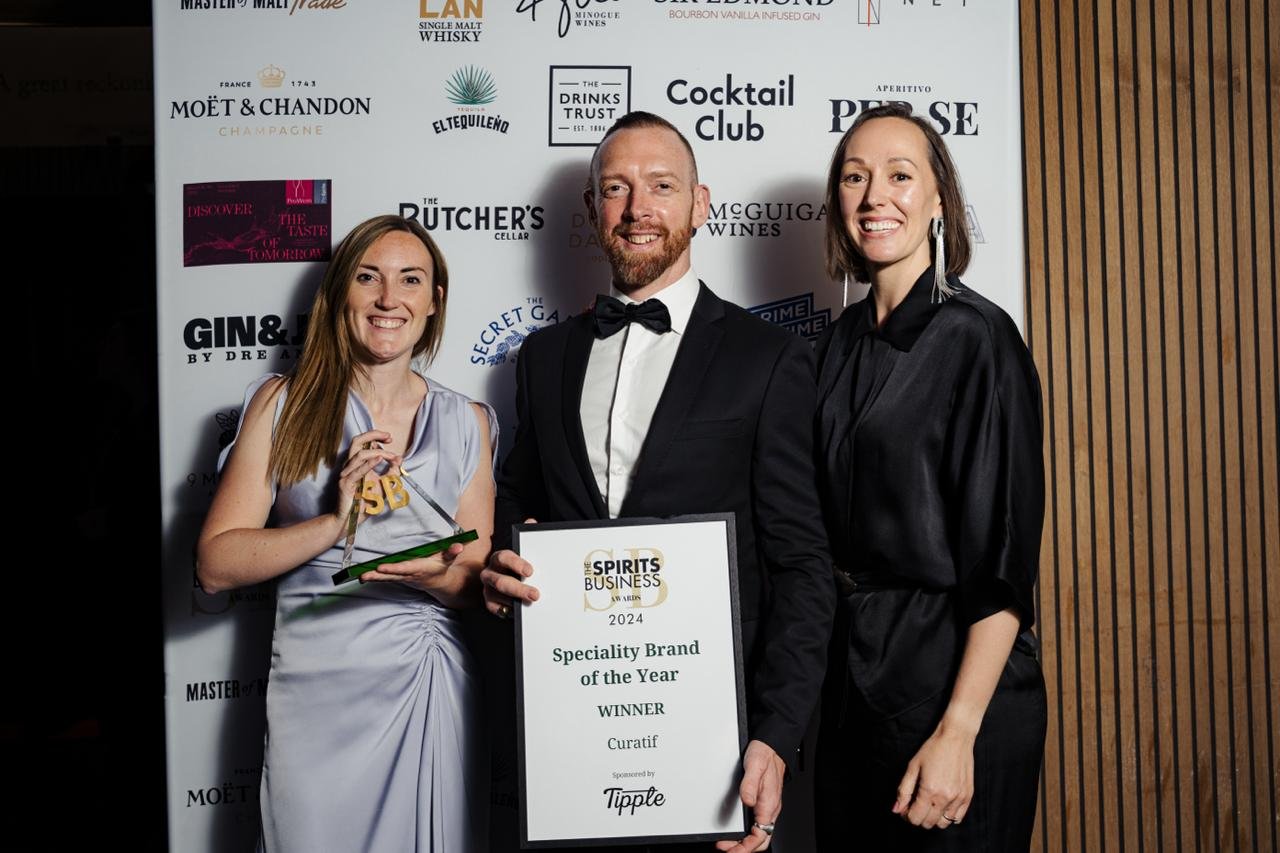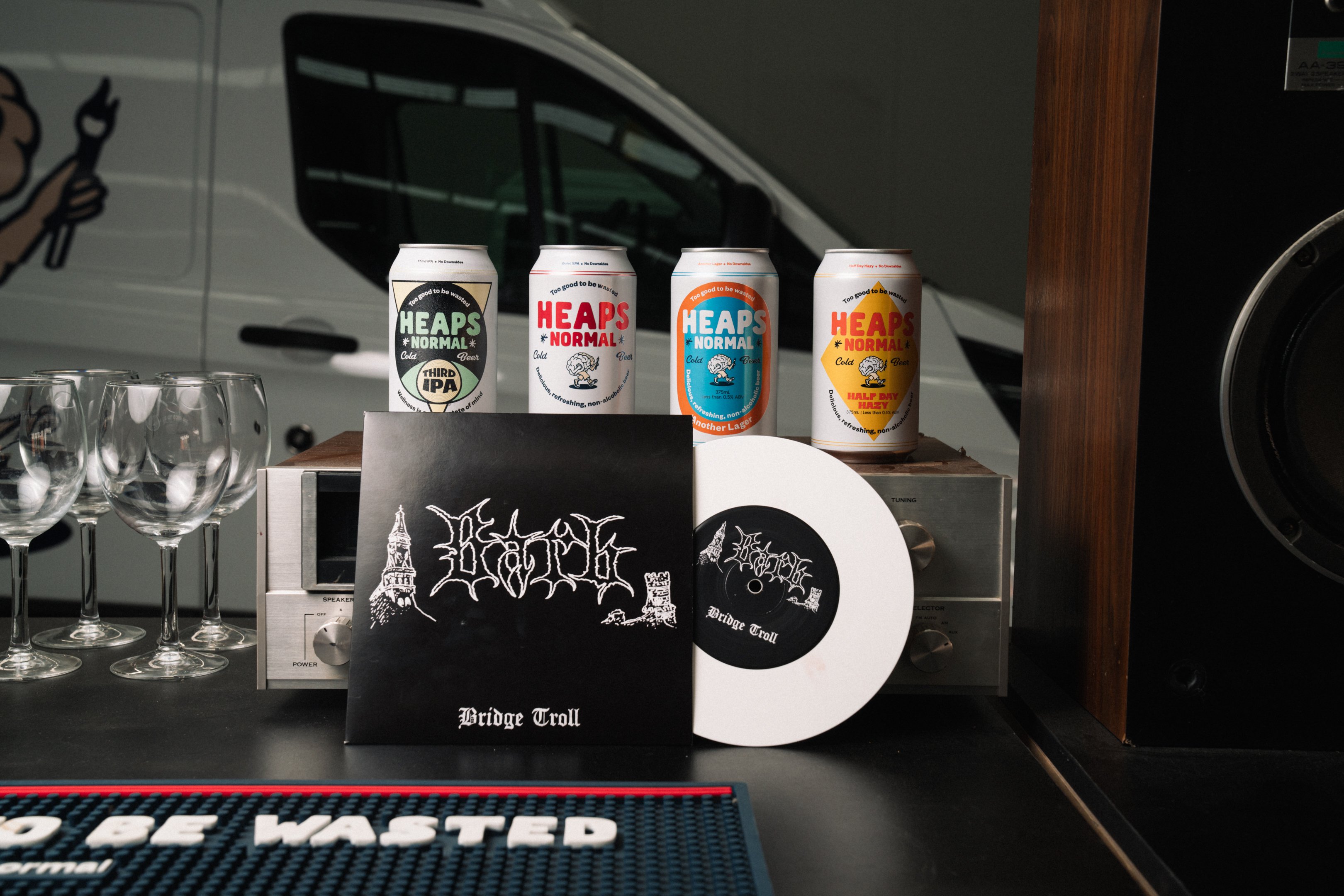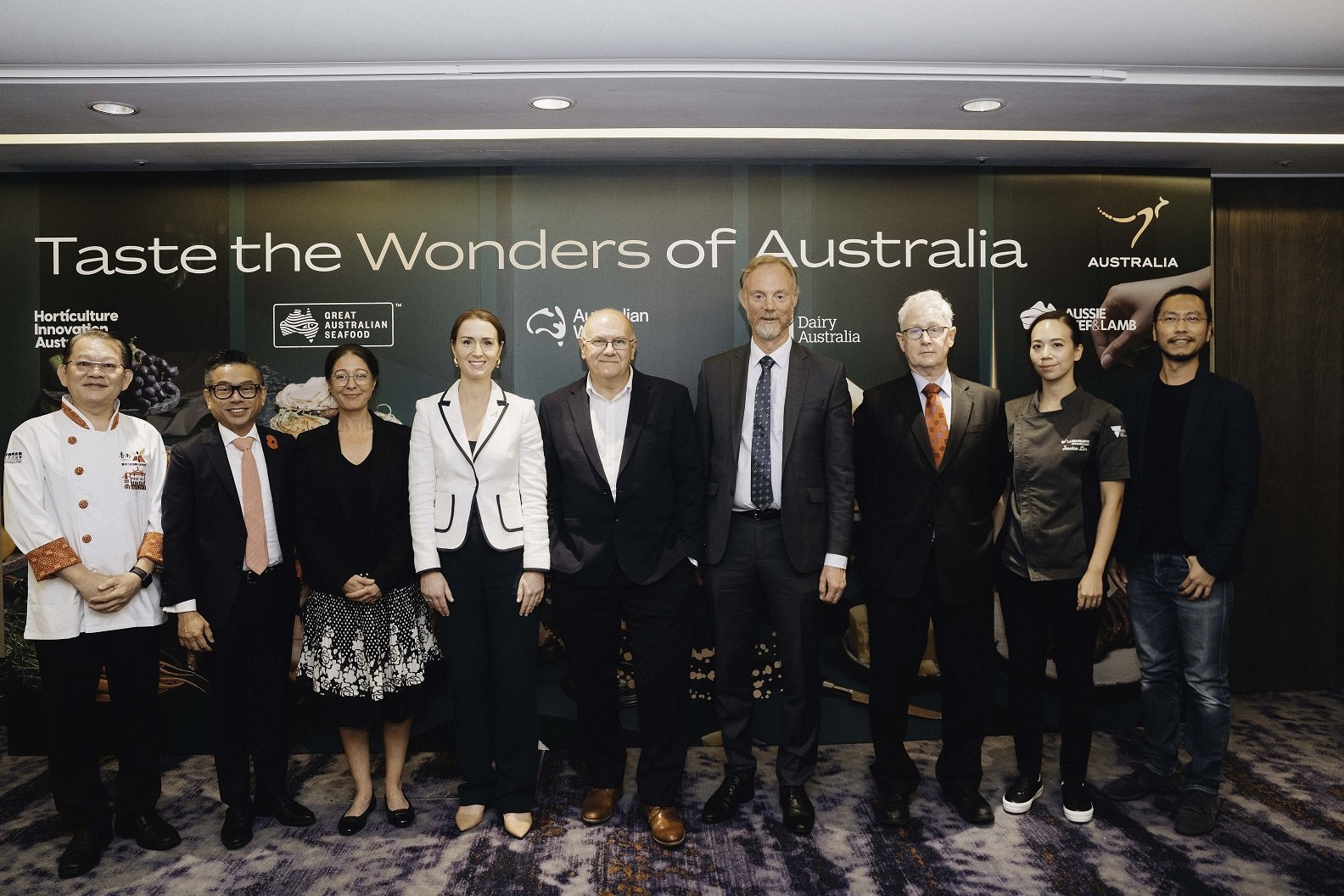The popularity of spirits is surging among consumers according to the latest alcohol statistics from the ABS.
The Australian Bureau of Statistics data also reveals the decline in alcohol consumption has stalled. Spirits and RTD consumption rose 7% in 2017-18, while beer increased 2.5%. Wine was down 0.2%, while cider was down 9%.
ABS acting Director of Health Statistics, Robert Long, said: "This latest data shows a levelling in the most recent period of the longer term trend where pure alcohol consumption [a standard drink contains 12.5 ml of pure alcohol] per capita dropped from 13.09 litres per person in 1974–75 to 9.51 in 2017–18."
The survey showed 16.1% of adults consumed more than two standard drinks a day, exceeding the guidelines released by the National Health and Medical Research Council. However, that figure was down from 19.5% in 2011-12.
The NHMRC has reviewed the guidelines and is due to release a new draft in the next few months.
While concerns have been raised by the Foundation for Alcohol Research and Education about the alcohol statistics, Alcohol Beverages Australia chief executive Andrew Wilsmore told the Sydney Morning Herald the "bigger picture "was that "Australians are still drinking at 50-year lows".
"The data still shows a long-term decline in consumption which means the vast majority of Australians are enjoying alcohol responsibly and in moderation," Wilsmore said.
"The small rise in consumption of spirits reflects the growing number of boutique distilleries and cocktail bars, which has led to increased choices for consumers."
FARE chief executive Michael Thorn blamed a social media trend for "Instagrammable" alcohol such as pink vodka and purple gin for fueling the rise in consumption.
"Spirit producers are the most innovative of the alcohol producers when it comes to marketing and advertising," he said.
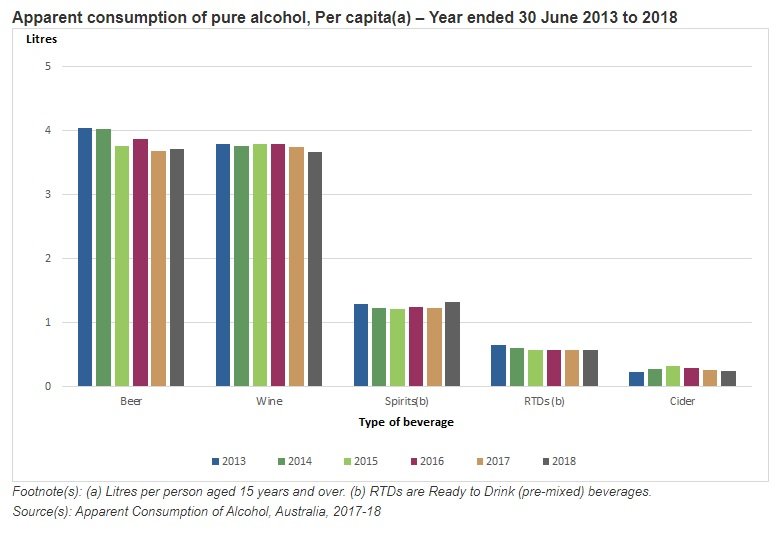
Shift in drinking habits
The ABS statistics reflect a change in Australians’ drinking habits in terms of what they’re drinking, with the balance shifting significantly over time between beer and wine.
‘In 2017–18 beer represented 39% of all pure alcohol available for consumption and wine 38.6%,’ Long said.
‘This is in stark contrast to 40 years ago when beer represented 67.6% and wine 18.6% of pure alcohol available per person aged 15 years and over, reflecting the change in consumption preferences over time.’
The report also records significant differences in gender in terms of alcohol consumption, with males more likely to drink beer (40.4%) than women (8%) in any given week. Conversely, women were more likely to consume wine (31.3%) than males (22%), while males are more likely to consume spirits or RTDs than women, at 17.7% compared to 13.6%.
Pictured main: Ink Gin from Husk Distillers
Share the content
